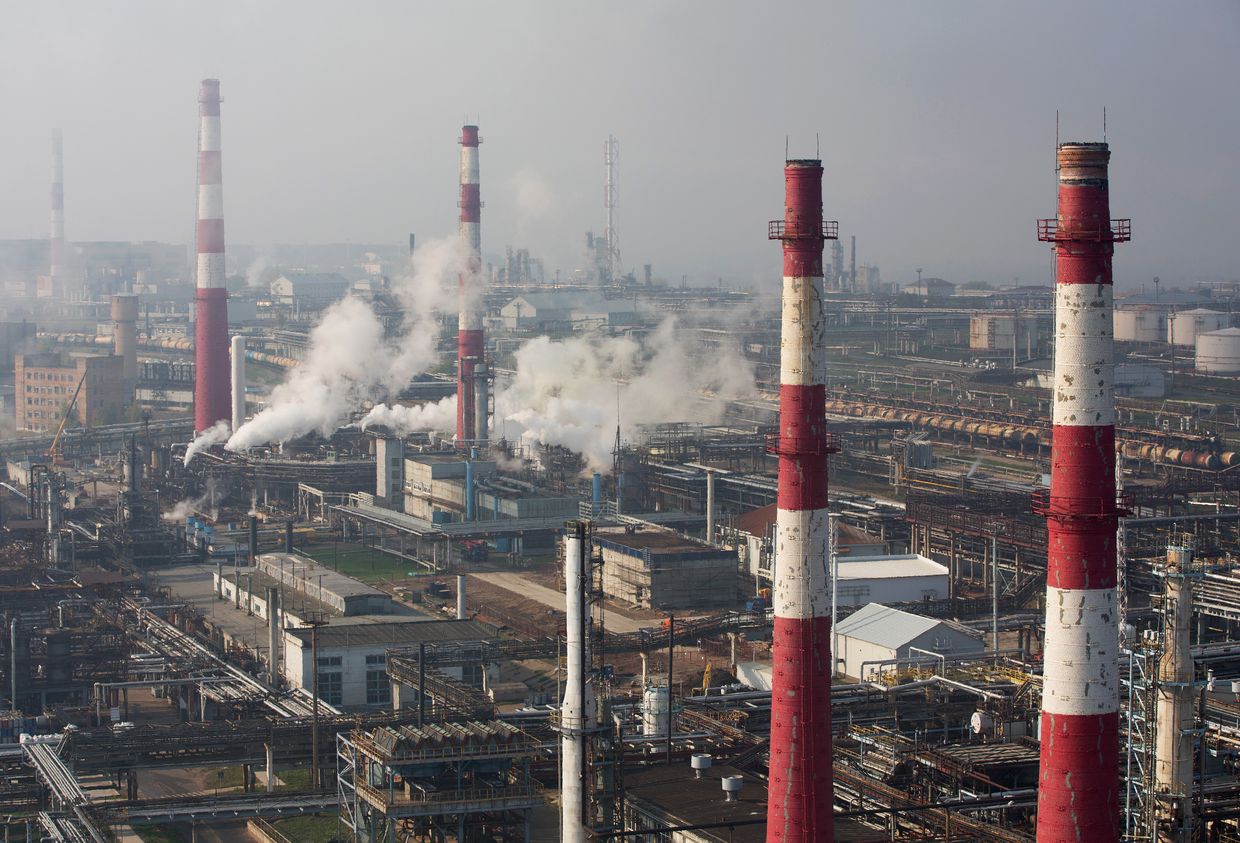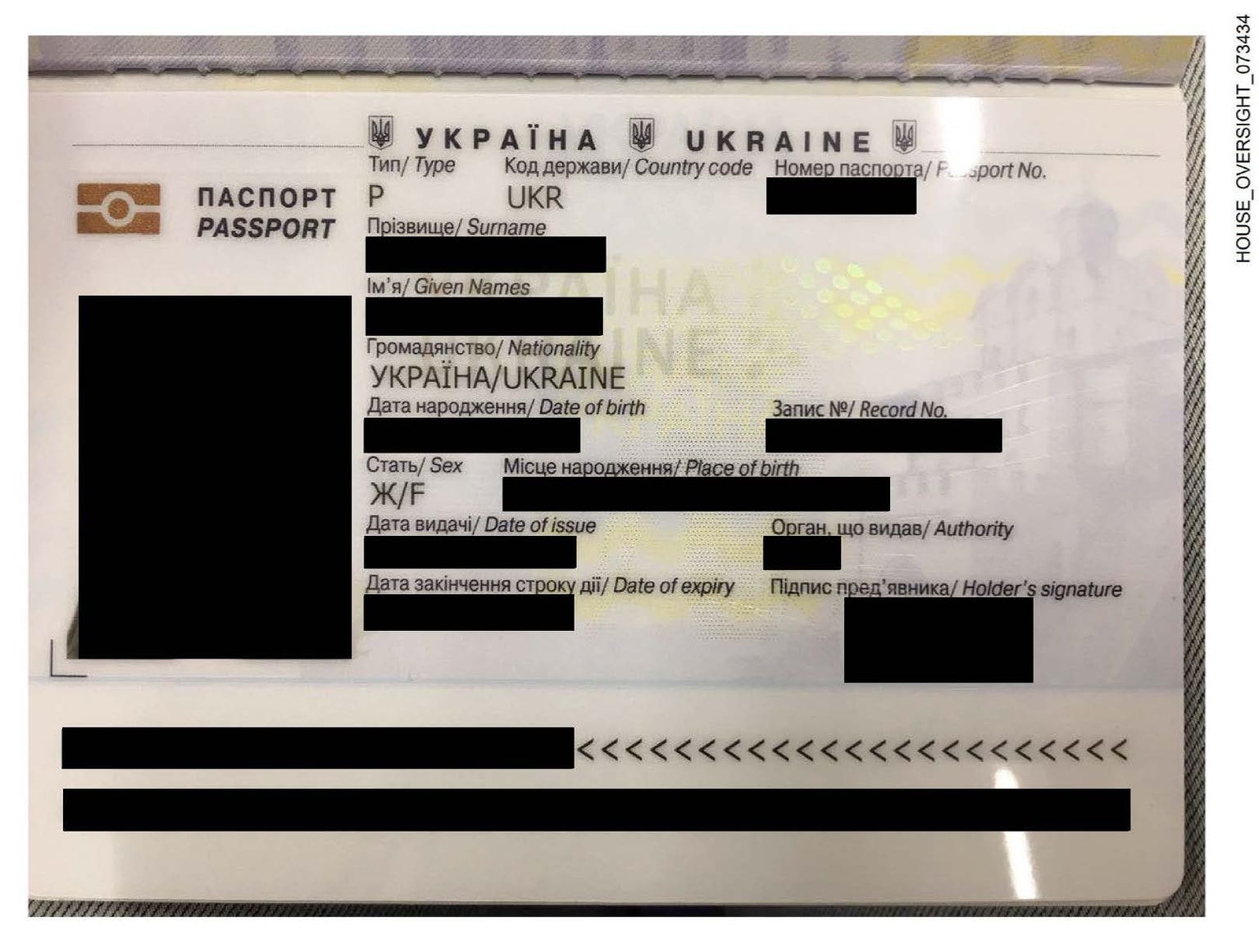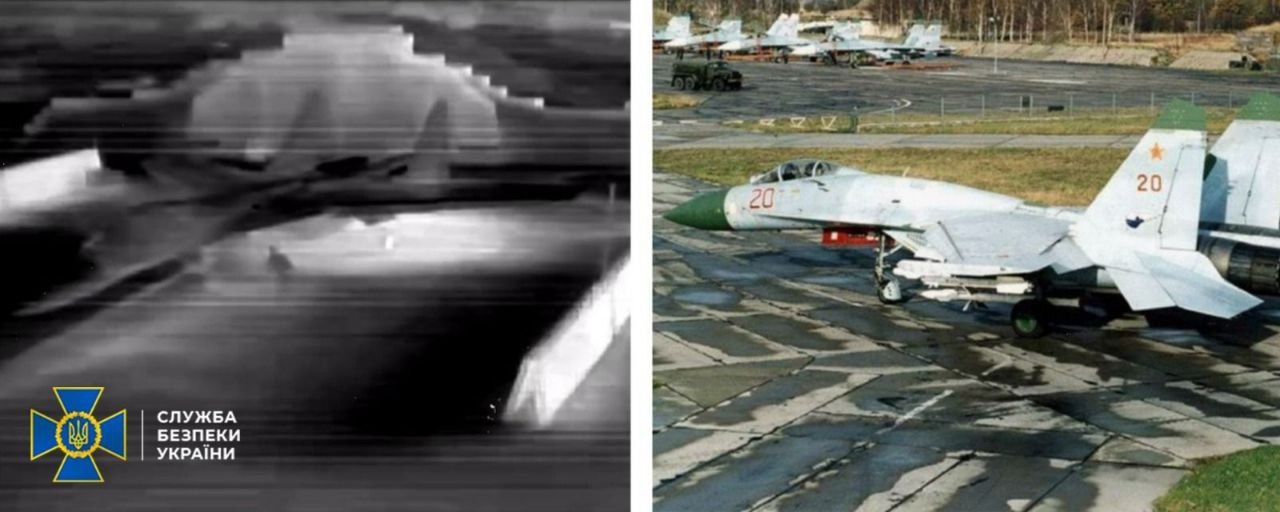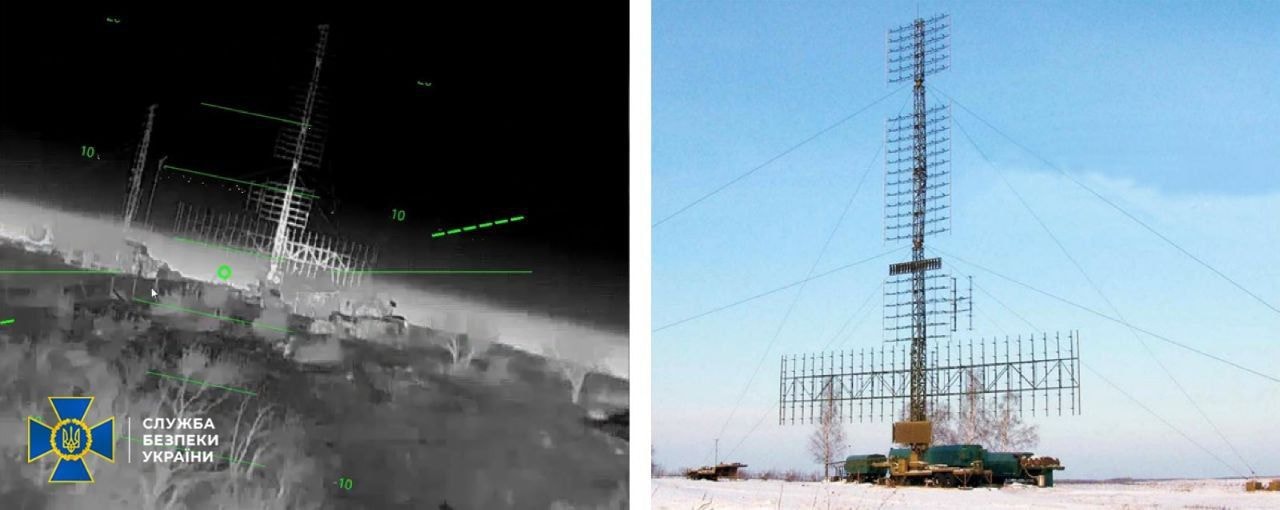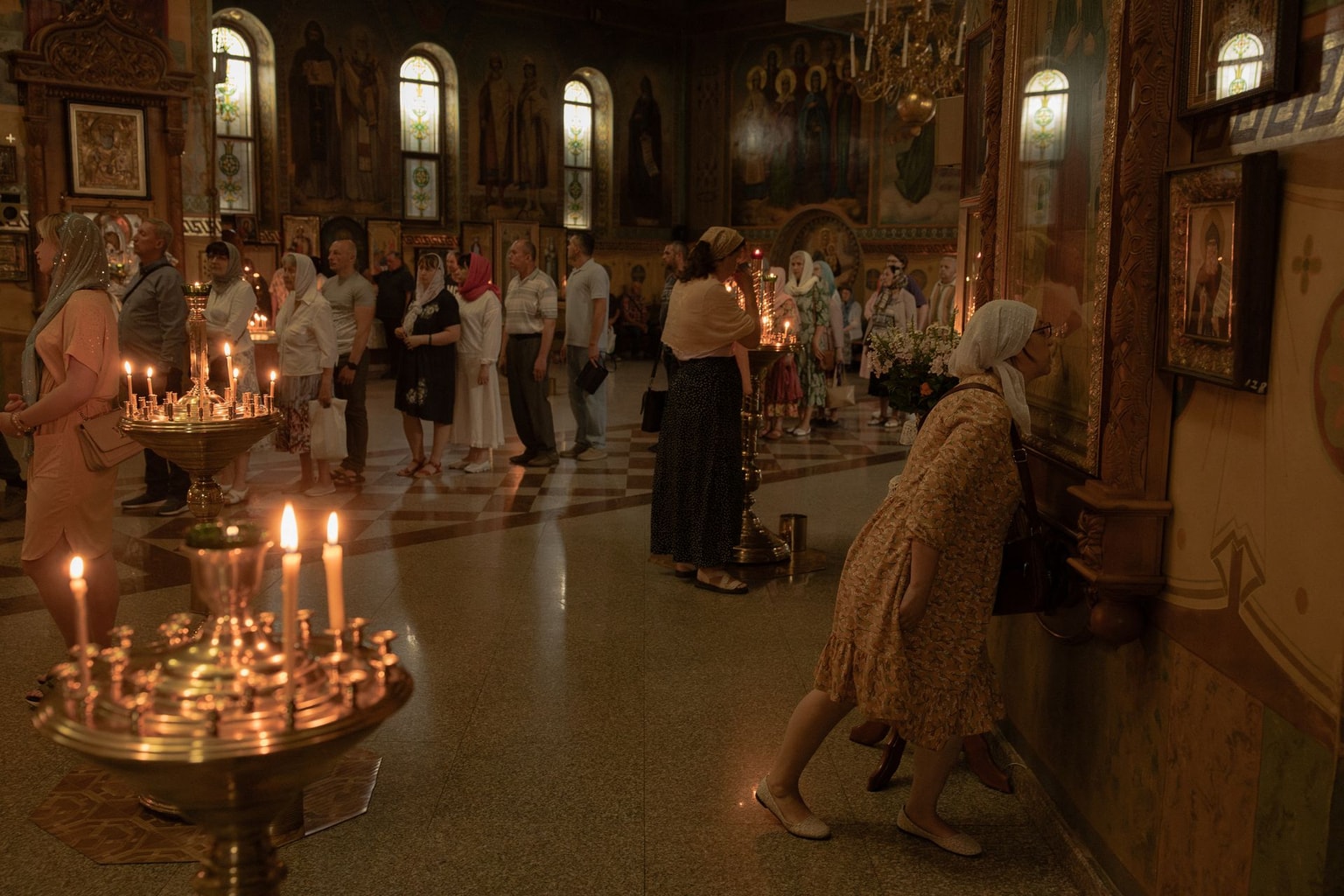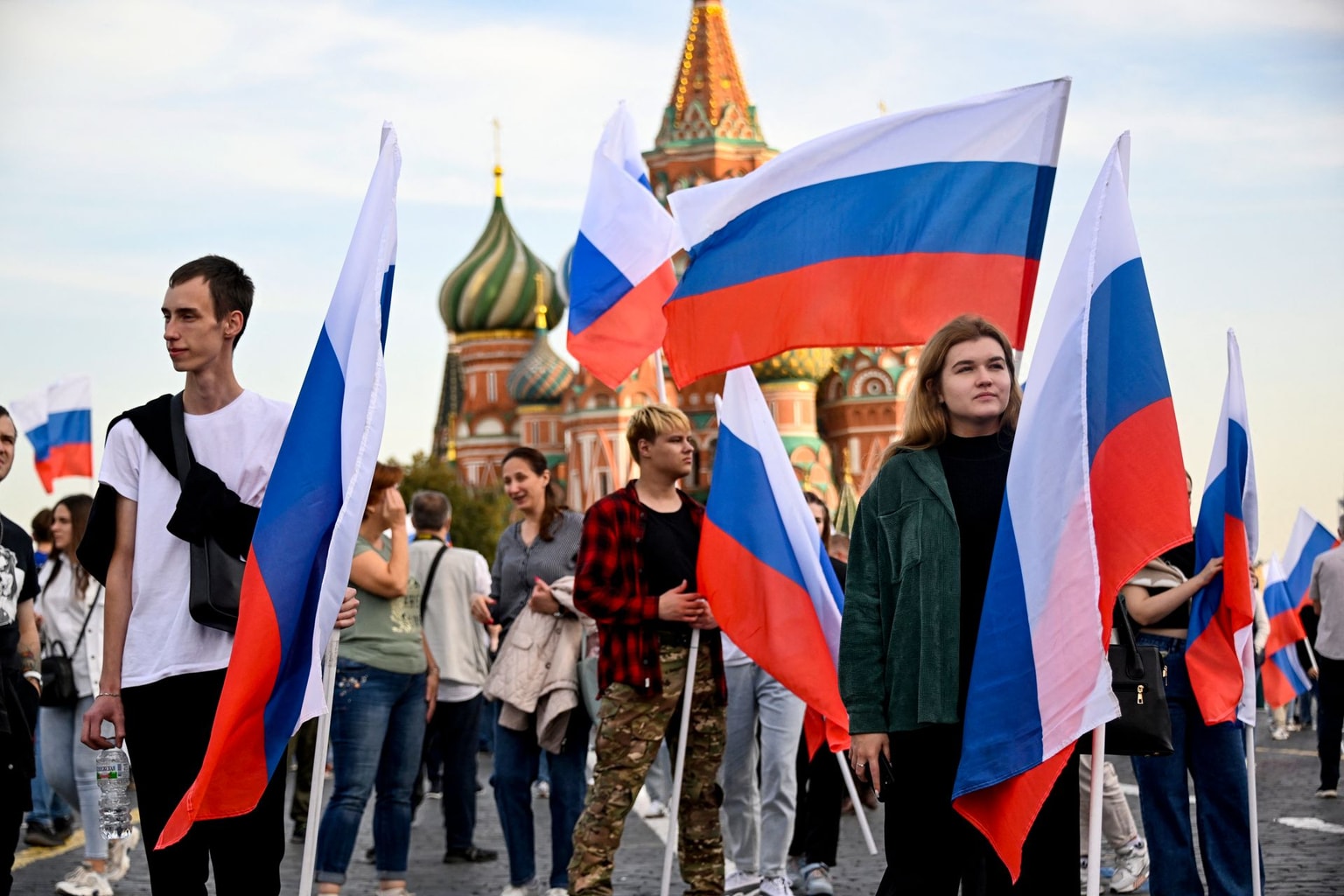
Russia presses advance in Dnipropetrovsk Oblast, threatening Ukrainian supply lines
A Ukrainian serviceman of the 59th Brigade’s mobile air defense unit monitors the sky near Pavlohrad, Dnipropetrovsk Oblast, Ukraine, on July 19, 2025. (Roman Pilipey / AFP via Getty Images)
Russian forces are pressing their advance in central-eastern Dnipropetrovsk Oblast in an effort to disrupt Ukrainian supply lines that support adjacent front-line sectors, military analysts say.
Even as attention shifted to other sectors to the east enduring heavier fighting, Russian forces continued to advance at a slightly faster pace in Dnipropetrovsk Oblast in recent weeks, Emil Kastehelmi, an analyst at the Finland-based Black Bird Group, which monitors open-source war footage, said. The large industrial region adjacent to Donetsk and Zaporizhzhia oblasts had not seen combat until June.
Kastehelmi said that Russia now occupies roughly 10 villages in the border area of Dnipropetrovsk Oblast but assessed that “nothing is radical yet,” as its forces still have a long way to go before approaching critical Ukrainian defense hubs.
Viktor Tregubov, spokesperson for the Ukrainian military’s grouping in charge of the area, stressed that advancing further across the vast open fields of Dnipropetrovsk Oblast, toward a key Ukrainian stronghold such as Pavlohrad, would be difficult, especially now, as the trees provide less overhead cover due to the change of seasons.
“The intensity would likely not decrease, but it would be harder to get to these villages (further into Dnipropetrovsk Oblast),” Tregubov told the Kyiv Independent.
Tregubov admitted that Russian forces are now present in some villages of Dnipropetrovsk Oblast but refrained from naming them, citing orders and security concerns. He said that Russian troops are launching assaults in small groups from Donetsk Oblast to the east, and then trying to cling to buildings in the villages.
Russian troops have advanced more in Dnipropetrovsk Oblast recently than in other parts of the front, Roman Pohorilyi, co-founder of open-source mapping project DeepState Map, said in a video published on Sept. 25.


Military experts who spoke to the Kyiv Independent said a Russian breakthrough in Dnipropetrovsk Oblast is unlikely for now, as Moscow’s main objective remains capturing the partially occupied Donbas, where the fiercest fighting continues. But they said further gains in the area could still disrupt Ukrainian supply lines to nearby front-line sectors.
Kastehelmi of the Black Bird Group said one risk with “the same gradual advances” in this sector is that Russia could eventually cut the road between the village of Pokrovske, at an intersection leading to Zaporizhzhia and Dnipro, and the contested town of Huliapole in southeastern Zaporizhzhia Oblast.
Kastehelmi said that while Pokrovske could soon be within range of first-person view (FPV) drones since Russian troops are already around 17-18 kilometers (11 miles) from the village, it is still “a relatively small place” and Ukraine could simply adapt and relocate its logistics and headquarters elsewhere.
On the Ukrainian side, manpower remains the key issue, and this sector appears to be “lightly manned” compared to other parts of the front, according Kastehelmi. However, he said the threat is not yet serious, and the Ukrainians can afford to retreat in Dnipropetrovsk Oblast without losing anything critical, since the border areas are mostly open fields.
Tregubov, the military spokesperson, said Russian troops typically mass forces and launch an attack before being pushed back, moving at what he described as “not a strategically significant tempo.” While the Russian advance is visible on the DeepState Map, which generally tracks front-line movements accurately and has often reported Russian breakthroughs before the Ukrainian military does, Tregubov said that the ground Russia has gained over the past months can be covered on foot.
Russian troops are primarily attempting to advance toward the village of Verbove, the furthest point they have reached in Dnipropetrovsk Oblast, located approximately 10 kilometers (6 miles) from the nearest administrative border with Donetsk Oblast, according to Ukrainian military analyst Pavlo Narozhnyy. The village is just 5 kilometers (3 miles) north of Zaporizhzhia Oblast.
The Russian Defense Ministry said on Oct. 1 that its troops captured Verbove. Ukraine has not yet commented.
Narozhnyy said that Russia intensified the push in Dnipropetrovsk Oblast around mid-August, and they may pose a threat to Ukrainian supply lines in the Donbas if they can advance around 15 kilometers (9 miles) deep into the adjacent region.
“In the Donbas, there is quite a large grouping, and it requires quite serious logistics,” Narozhnyy told the Kyiv Independent.
But Narozhnyy agreed that Russia’s current focus remains fixed on the Donbas.
Tregubov suggested that Russia may be intending to distract the Ukrainian forces by further threatening Dnipropetrovsk Oblast, while also showing some tactical success to the public.

